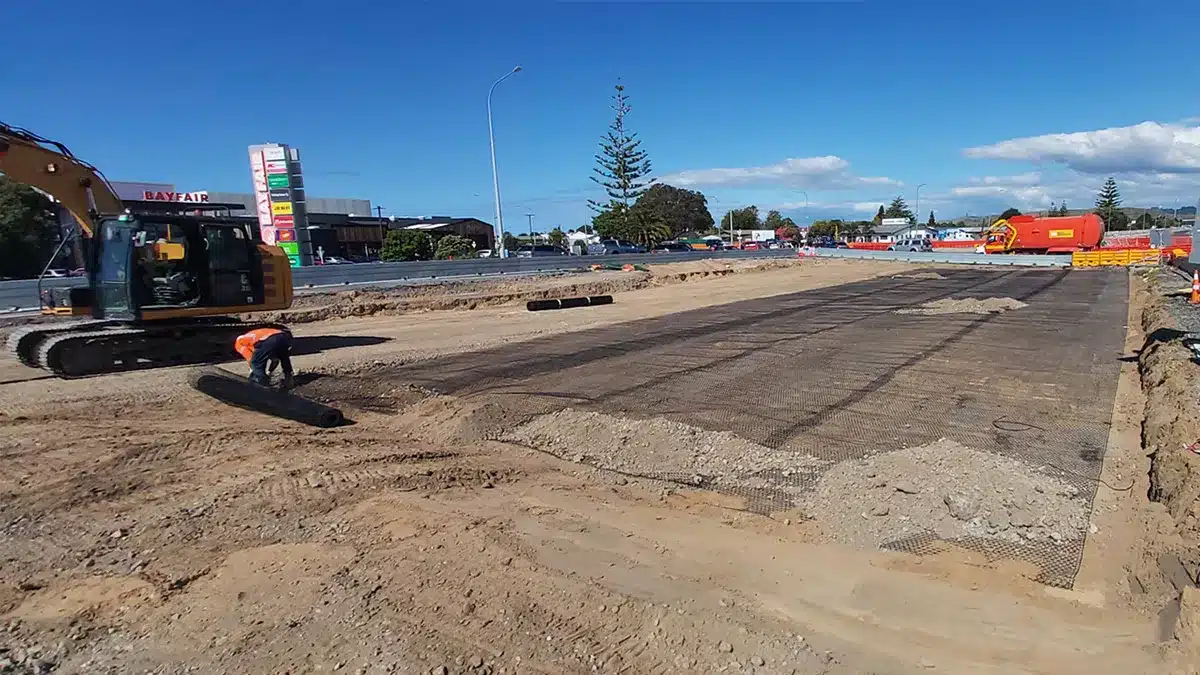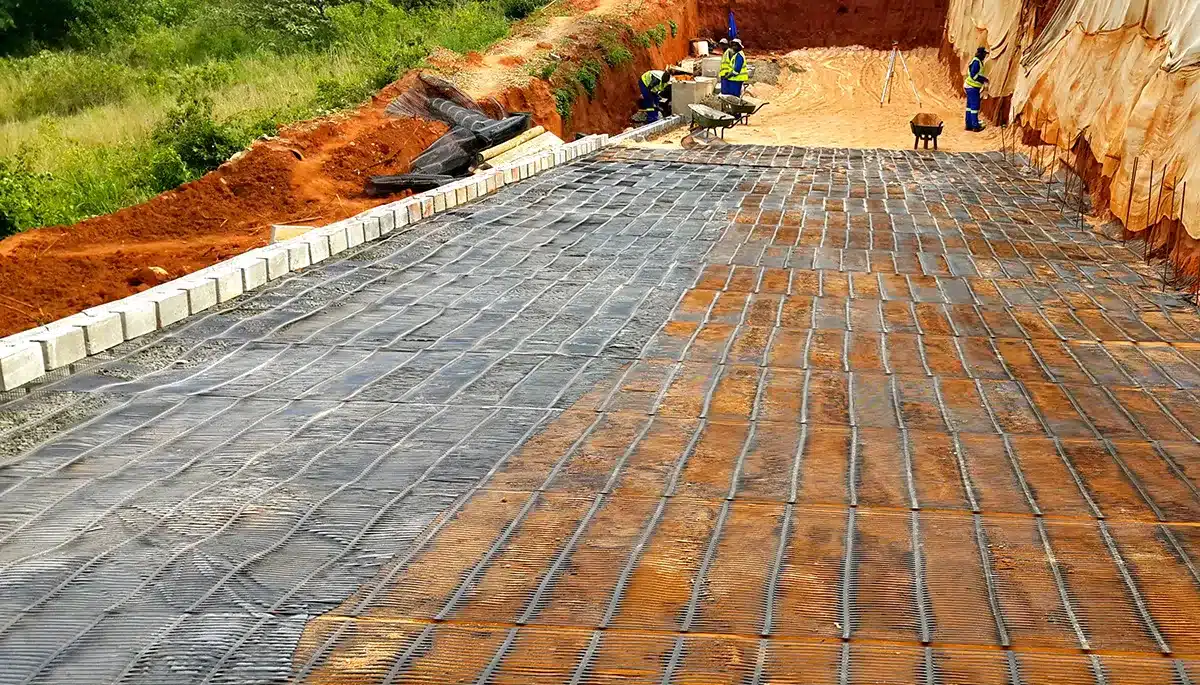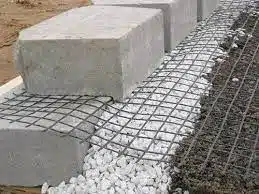Exploring the Benefits of Soil Reinforcement Geogrid in Modern Construction
In modern construction practices, soil reinforcement geogrid stands as a pivotal solution for fortifying stability and augmenting strength in diverse projects. Geogrids, specialized polymeric structures engineered with precise apertures, serve as the backbone for reinforcing soil, optimizing load-bearing capacities, and curbing erosion risks. This innovative method intertwines the geogrid within soil layers, forming a robust composite system that bolsters the structural integrity of roads, embankments, retaining walls, and other vital infrastructures. The strategic use of soil reinforcement geogrid not only enhances durability but also mitigates settlement issues, showcasing its indispensable role in ensuring the longevity and reliability of construction endeavors.

What is geogrid soil reinforcement?
Geogrid soil reinforcement utilizes a geosynthetic material, made of polymers, which is used to reinforce soil behind retaining walls. These specialized grids, typically composed of polyester or polypropylene, feature specific apertures designed to facilitate soil interlocking within the structure, creating a durable composite system. Geogrids serve the purpose of bolstering the load-bearing capabilities of the soil, reducing settlement, and averting soil erosion.
How do you reinforce soil?
The process of reinforcing soil often includes the utilization of tensile elements such as metal strips, geotextiles, or geogrids and typically involves the following steps:
- Site Evaluation: This initial phase involves evaluating soil conditions, encompassing composition, moisture content, and the required load-bearing capacity.
- Design Consideration: This step focuses on determining the suitable type, strength, and specifications of the tensile elements, like geogrids, based on engineering calculations and specific site demands.
- Installation: This phase entails the placement of the selected tensile elements within the soil layers, accomplished either through mechanical means or embedding during the construction process.
- Compaction: Proper compaction is crucial to firmly secure the tensile elements within the soil matrix, ensuring their effectiveness.
- Monitoring and Maintenance: Regular inspections are essential to monitor the reinforcement’s performance and address any maintenance needs that may arise over time.
What is the difference between soil stabilization and soil reinforcement?
While both aim to improve soil performance, soil stabilization primarily focuses on altering the chemical or physical properties of soil to increase its strength. This method might involve additives like cement, lime, or chemical stabilizers. On the other hand, soil reinforcement, especially using geogrids, physically augments the soil’s structural integrity by introducing external materials to improve its mechanical properties.
When should you use Geogrid?
Geogrids find application in various scenarios:
- Road Construction: Reinforcing embankments, pavements, and roadways to prevent rutting and increase longevity.
- Retaining Walls: Providing stability to retaining walls against lateral pressures and preventing soil slippage.
- Slope Stability: Strengthening slopes and preventing erosion in steep terrains or landslide-prone areas.
- Foundation Support: Enhancing the bearing capacity of foundations in weak or expansive soils.

Soil reinforcement using geogrids stands as a testament to innovative engineering solutions in the realm of construction and infrastructure development. Its versatility, efficiency, and ability to transform weak soil into robust foundations make it an indispensable tool for ensuring durable and resilient structures.



Comments
Post a Comment